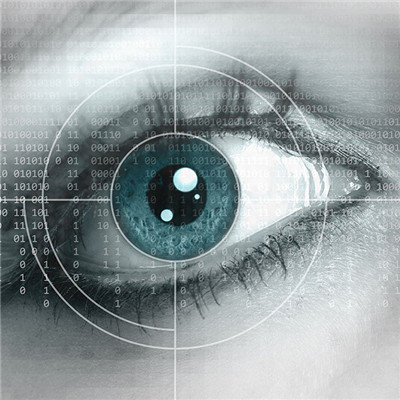Early symptoms of glioma?
summary
The early detection and treatment of glioma has a great relationship with the cure rate. What if we do early detection and early treatment in our daily life? In fact, as long as we know more about the symptoms of glioma, we will be alert to glioma and seek medical treatment in time. Now let's understand the early symptoms of glioma?
Early symptoms of glioma?
1. Headache: about 30% of glioma patients have headache, and about 70% of them will gradually get worse. This kind of headache mostly has no specificity, but presents discontinuity, mostly located in the ipsilateral side of the lesion, and mostly presents as dull pain rather than jumping pain, sometimes it is not easy to distinguish from tension headache. Brain gliomas usually show pain in the forehead, while cerebellar gliomas usually show pain in the occipital and neck. If the tumor is too large and produces high intracranial pressure, the headache will be aggravated obviously. Sometimes, the headache will be awakened by pain during sleep, and it will be aggravated obviously when the head is active, sometimes accompanied by nausea and vomiting. If the intracranial hypertension lasts for a long time, there will be visual decline.

2. Seizures: about one third of glioma patients show seizures, and in the development of the disease, the incidence increases to 50 ~ 70%. Half of the epileptic seizures were localized seizures, while the other half were generalized seizures. Slow growing low-grade gliomas are particularly prone to epileptic seizures, while glioblastomas are less likely to cause epileptic seizures. About 75-95% of oligodendrogliomas, 65-70% of astrocytomas and 37-50% of glioblastomas cause epilepsy. The prognosis of high-grade gliomas with seizures is often better than those without seizures. The probability and performance of epileptic seizures caused by gliomas in different parts of the body are not the same. In addition to general seizures, epileptic seizures caused by gliomas in different parts of the body often have their own characteristics: for example, frontal lobe gliomas can cause contralateral limb seizures and aphasia; Tumors in the medial temporal lobe are often accompanied by hallucinogenic smell, paroxysmal fear, palpitation and shortness of breath, while tumors in the parietal lobe can cause hemisensory disturbance.

3. Mental change: about 15-20% of glioma patients have mental state change as the first symptom, mainly manifested as changes in mood, personality, cognitive function, computational power and memory. Focal neurological symptoms: different tumor locations can also cause corresponding neurological deficit symptoms, such as limb paralysis, sensory impairment, aphasia, gait instability, hemianopia, dyslexia and agraphia.

matters needing attention
Once diagnosed with glioma, should be treated in time, must not delay, so as not to lose the best opportunity for treatment. Studies have shown that surgical treatment for the vast majority of gliomas, or the preferred effective treatment.















